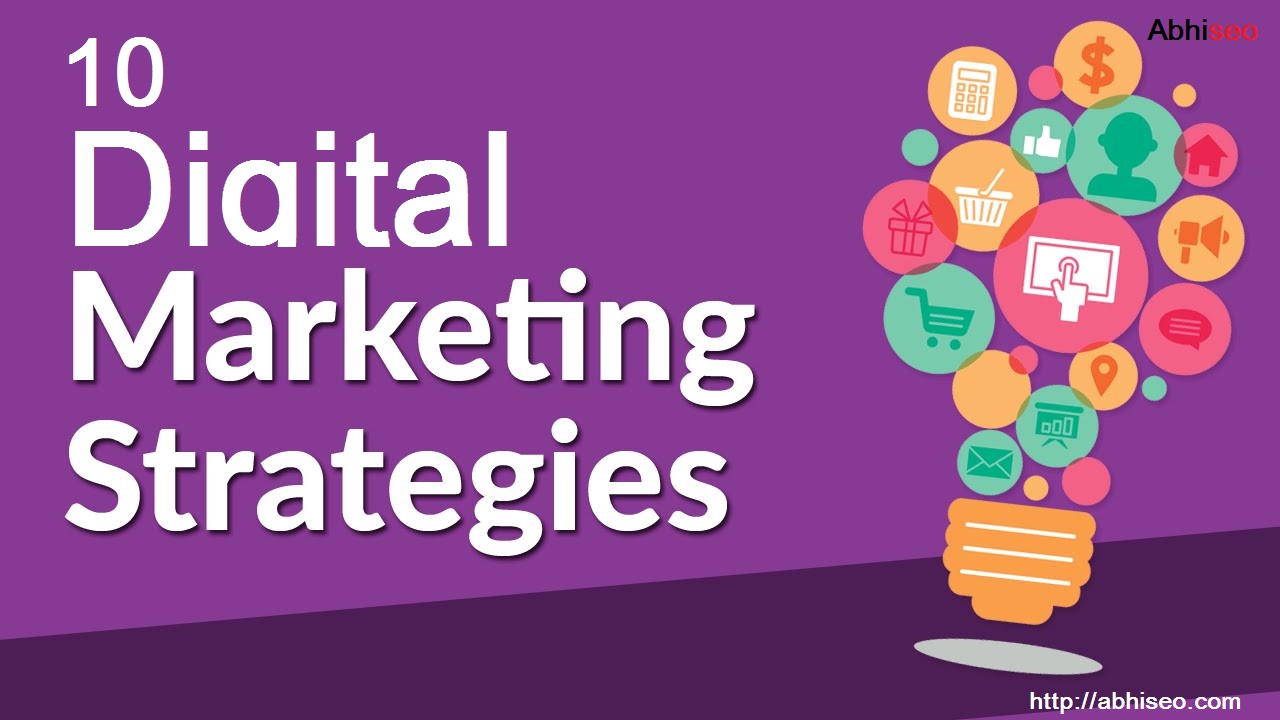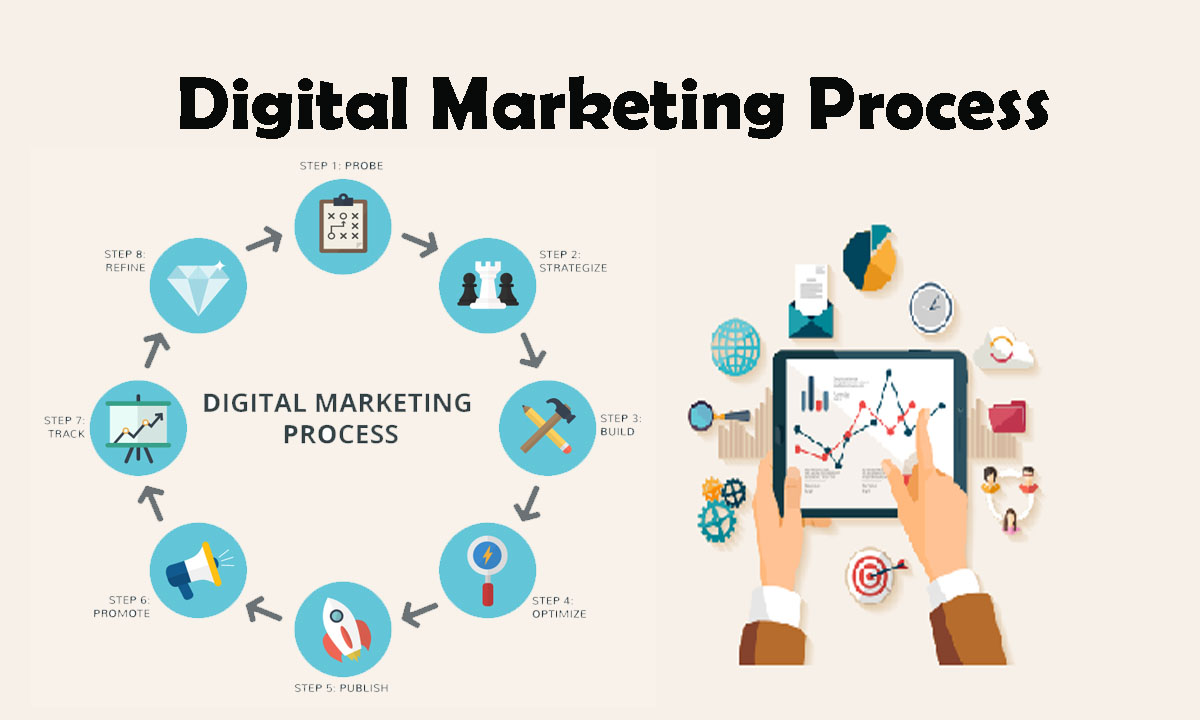Here at Fable Studios we produce fantastic video content for a wide variety of brands and businesses which means that before a camera is even picked up, we have to establish who the audience is. This is largely informed by the business who’ve contracted our services but it’s essential that we also complete our own research to get an in-depth understanding of their goals and ethos. This is by no means a quick and straightforward process but with the aid of the internet, there’s so much user data at our fingertips with which we can build a solid archetype of the “average” customer or audience.

Bear in mind that certain video marketing can have universal appeal (in a sense) where a wide audience will respond to the content but this scale is usually reserved to nationwide campaigns that have bigger budgets to appeal to the masses. However nowadays certain platforms will actually tailor types of adverts to the user: for example on youtube if you and a friend watch the same video separately, you’ll likely watch 2 different adverts on that one video. This is because Google has analysed your internet behaviour and served up adverts they think are most relevant to you. So understanding your audience has a double benefit here as not only should it appeal to the relevant customers but also Google will present it to the relevant viewers. Advert-tailoring also applies to certain other social media platforms as well as on Sky TV now too.
Although a portion of the audience research is completed automatically by the platform, it’s still important to go into the creative process with an audience in mind; this helps to focus and guide the project. So, how do you go about doing it?
Analytics
Identifying basic metrics such as age range, location, language, search queries etc. is very accessible thanks to services such as Google analytics and others. With this you can already build up an idea of what demographic will respond to your marketing efforts. By looking over search queries for example it’s possible to see the kind of language being used which can then inform the campaign’s use of keywords for example. What phrases are being repeated, what synonyms are used? These are all relevant and informative pieces of information that can shed light on what your customers/ clientele look like.
Analytics and data can essentially tell us what users want in a broad sense. By distilling this information (already made very digestible by Google) our typical demographic soon becomes a fleshed-out individual. This is how you want to begin creating video content; with a strong and informed image of your clientele.
Relevance
Now you’ve identified the audience, what is going to be relevant to them? This is where you as the business/ brand come into play as you will have had the most contact with your customers thereby giving a more informed view of the client. What features are your customers looking for when they search through products? Are they already knowledgeable and so are comparing all models, types or is it a product they want for the best possible value? Whatever the case, by assessing what points are regularly brought up it’s possible to inform what is relevant to your clientele. You can’t produce successful video content if it’s not relevant and doesn’t strike a note with the audience. If you miss the mark then it’ll have been a great deal of effort for no reward which is why careful preparation is a must.
Competition
Competitor analysis is another important component when identifying a target audience. Not only does it help to see what areas your competition are focusing on but it also reveals if there are any gaps in the market you may be able to take advantage of. This can also help to identify what your unique selling points are; maybe customer service quantity of choice? This added level of research can help to narrow your focus and see what is engaging and what isn’t.
Competitor analysis is another way to guide your decision-making but shouldn’t be relied upon solely, it’s essential that extra research is done such as analytics, collection of online data, feedback forms etc. as mentioned above. With all of these combined, this will help to create a solid idea of what direction you want the video marketing to go in.
Recognition
Nowadays it’s increasingly common for people to support companies/ brands based on their values for example a chocolate that is completely organic, fairtrade, of one particular origin. The general public are more informed than ever on ethical business practises so if your particular market has a socially-conscious policy or certain values it supports then let that also be apparent in any marketing campaigns or promotional work.
This extends into positive association and further recognition as your business isn’t just a faceless entity but a company or group that supports something real and human. Of course it’s not possible to be charitable in every marketplace but if there is an element of your business that focuses on the fair trade of something, it’s important to publicise this as your audience then associates your company with more than just a cold business, it becomes socially-minded and so more relatable and therefore supportable.
Final Thought
It’s a big undertaking and creative process to create video content for marketing or advertising purposes. It’s usually a big ticket item as well; creating something impactful and worthwhile involves a great deal of hard work. This is why it’s absolutely essential that a keen understanding of your audience is vital to create engaging content that strikes a chord with the people who watch it.
Author Bio:
Rob Holder is the Director of Fable Studios, a video production agency in Bristol, UK.


















